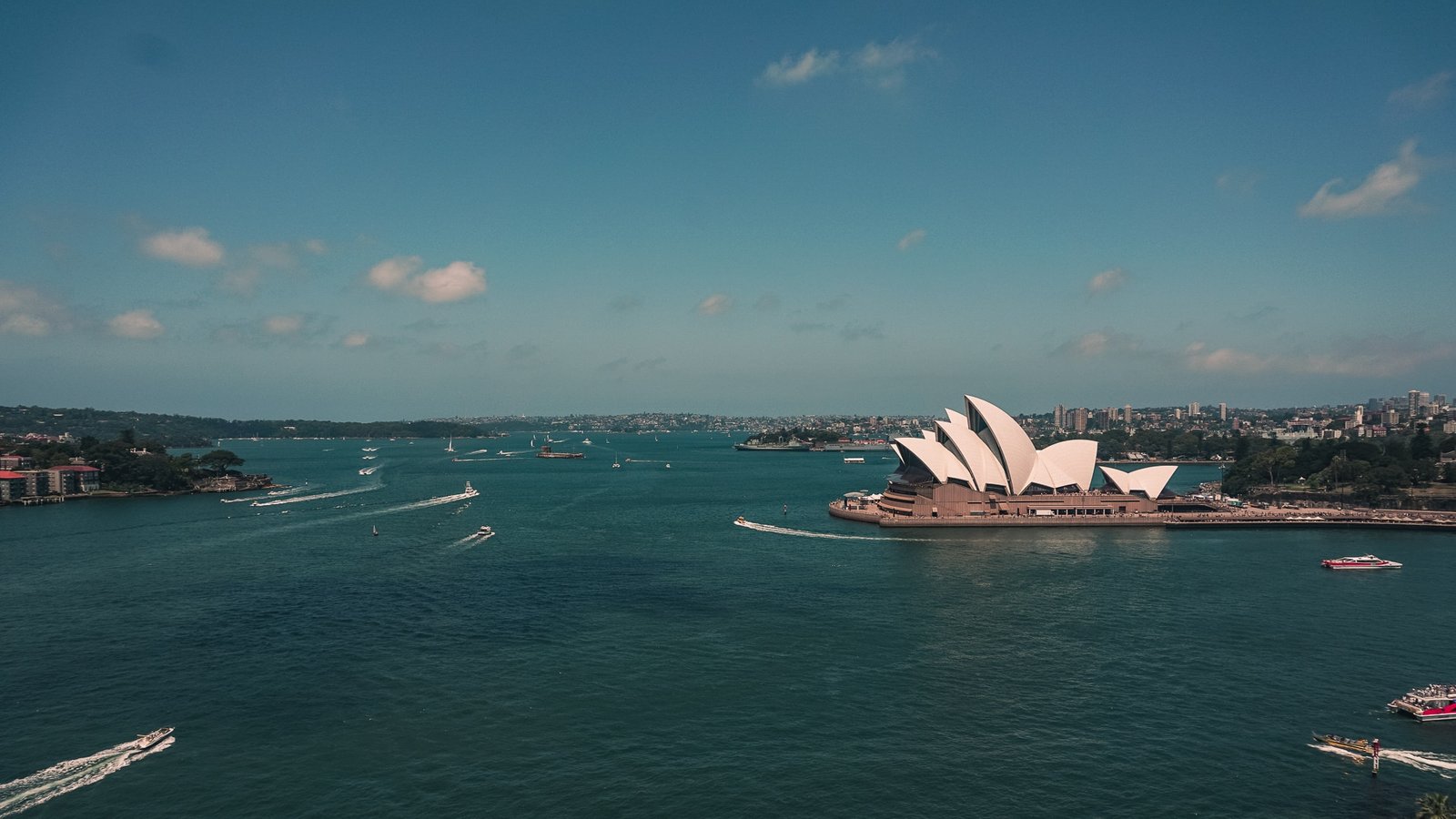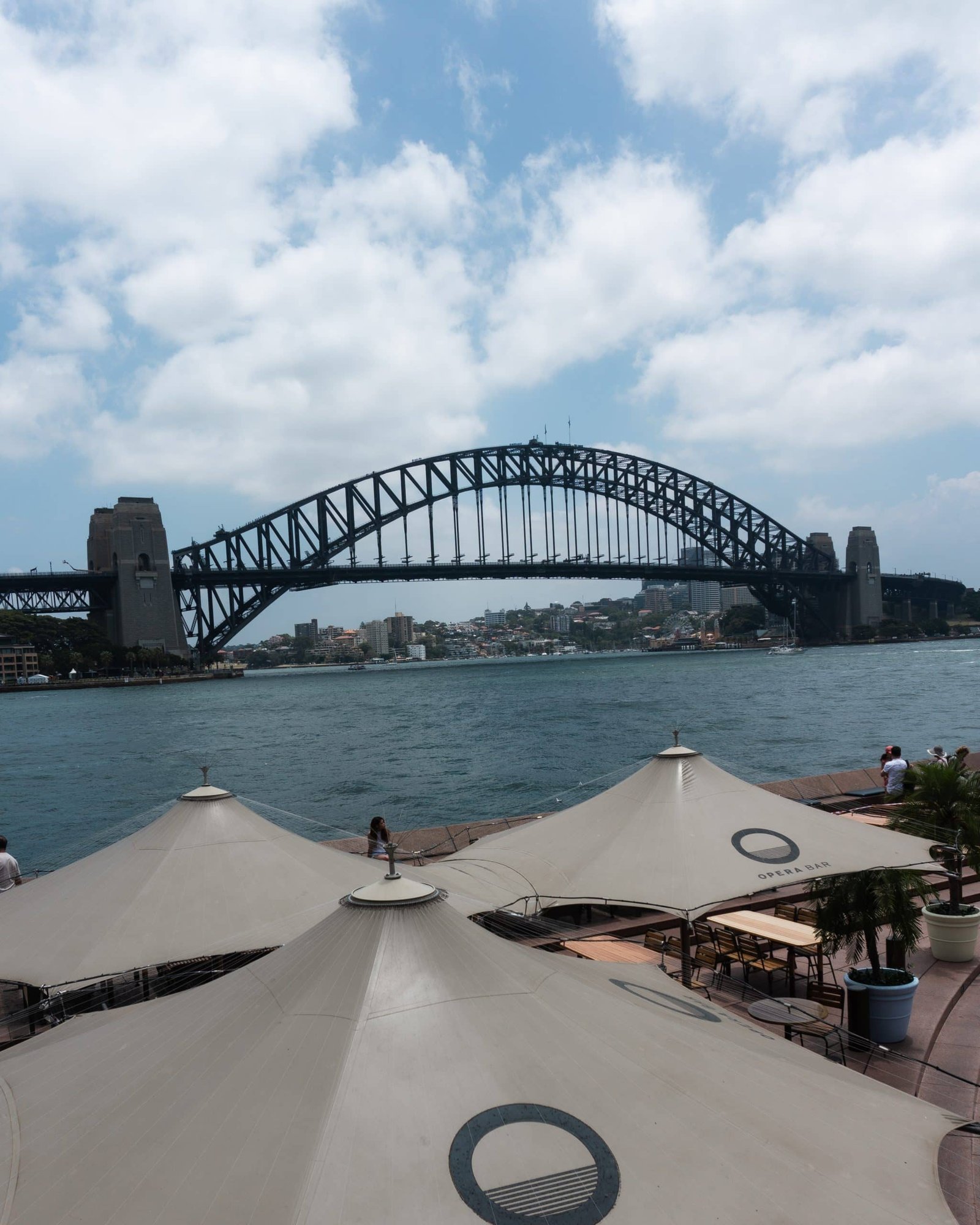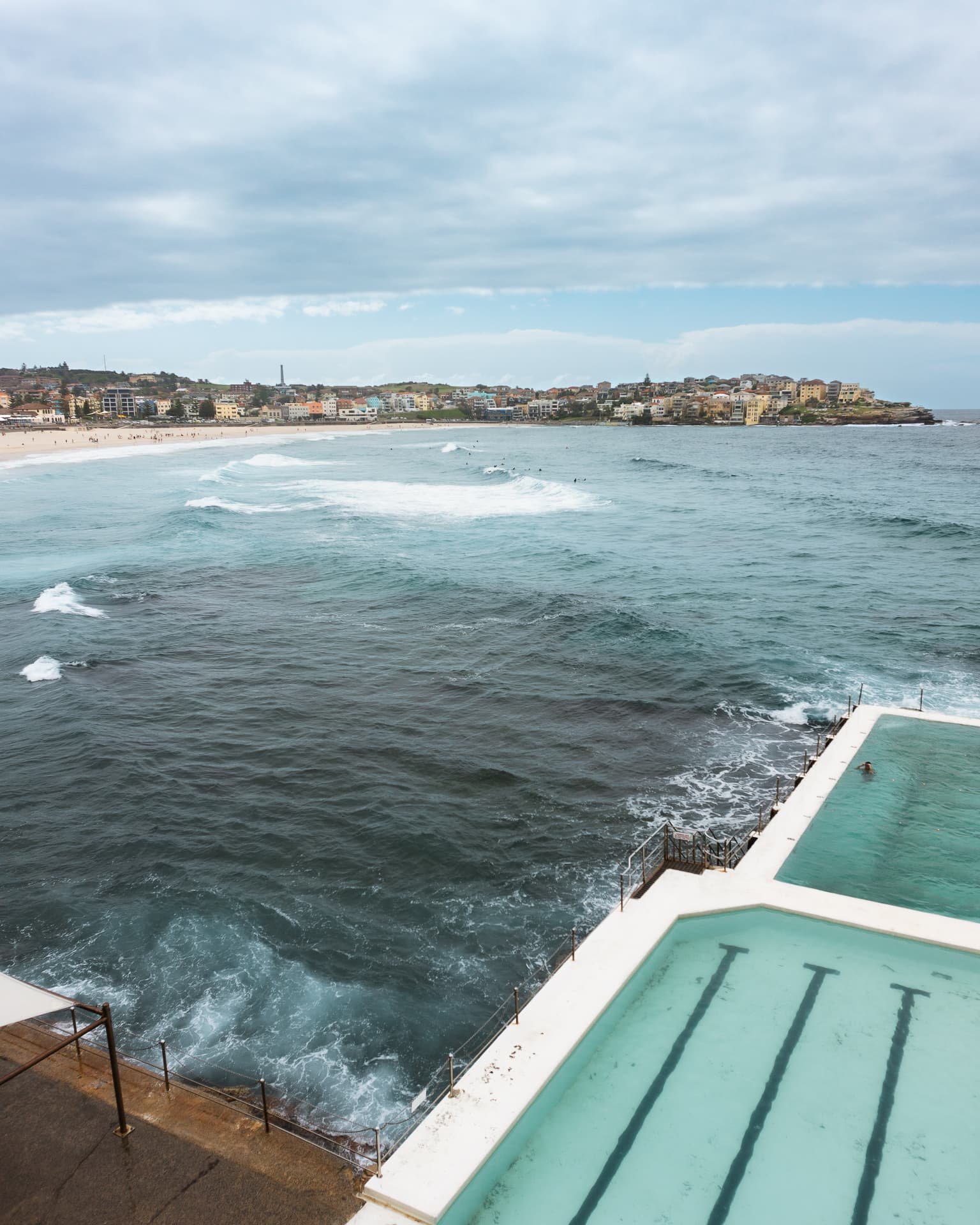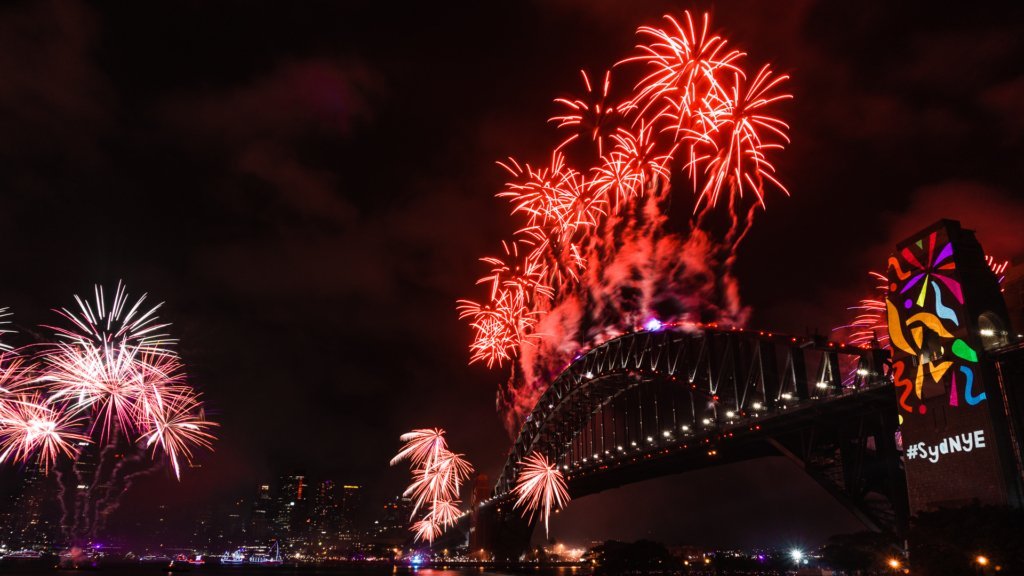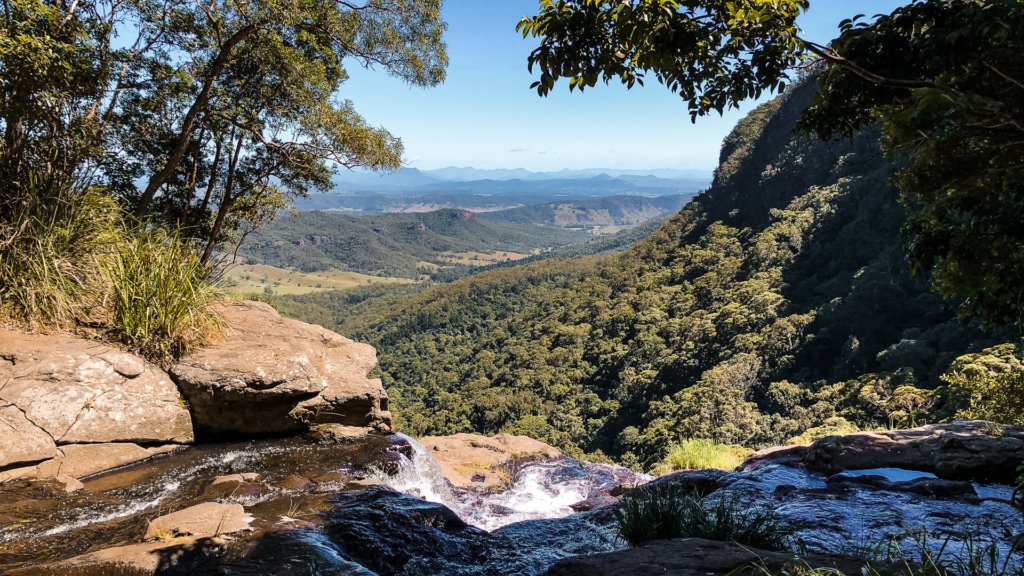Sydney, the vibrant Pacific metropolis, attracts travellers from around the world with its charm and impressive diversity. From iconic landmarks to hidden gems, Sydney offers an incomparable travel experience. Immerse yourself in the many facets of this fascinating city.
Location and geography
Sydney is located on the east coast of Australia and is the capital of the state of New South Wales. The city lies in a basin bounded by the Pacific Ocean to the east, the Blue Mountains to the west, the Hawkesbury River to the north and the Woronora Plateau to the south. The city consists of two main regions: the Cumberland Plain, a relatively flat area west of Sydney Harbour, and the Hornsby Plateau, a plateau up to 200 metres high north of the harbour, criss-crossed by deep valleys.
Weather and climate
Sydney is known for its pleasant, mild climate throughout the year. The city is located at 34 degrees south latitude and has an average temperature of 22°C in January and 13°C in July. Summers are warm and winters are mild, allowing residents to enjoy life outdoors. Most importantly, the weather is mostly sunny but temperate. These pleasant climatic conditions make Sydney an ideal destination for outdoor activities and exploration.
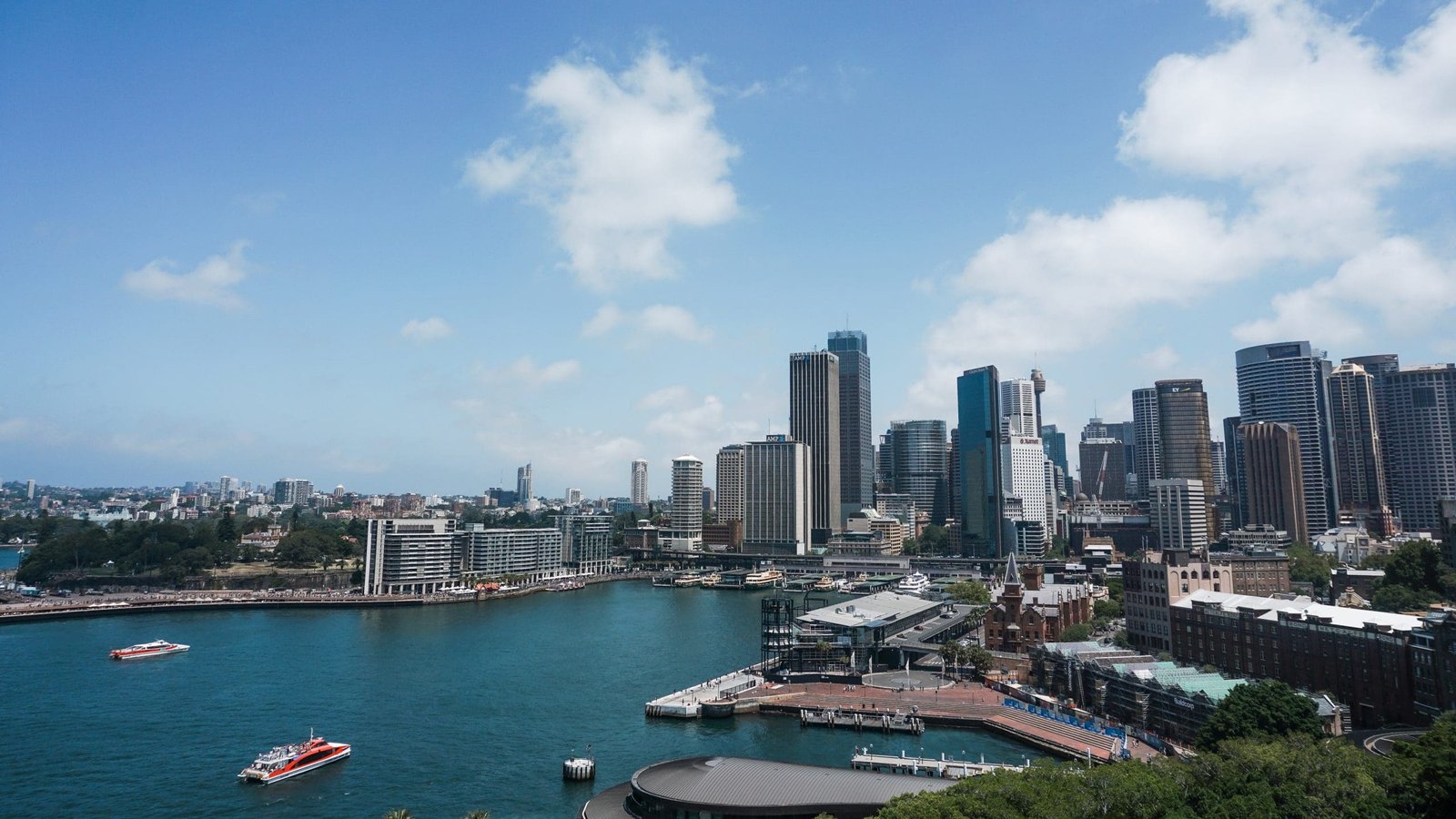
History and culture
Sydney’s history begins in prehistoric times with the settlement of the area by Aboriginal people, whose ancestors arrived in Australia at least 60,000 years ago. After the arrival of the First Fleet in 1788, a variety of cultures developed, adapting to the needs of a modern city through European and American influences. Today, Sydney has evolved into a modern, complex and cosmopolitan society. The city has a vibrant arts scene that reflects its multicultural heritage, as well as dozens of institutions, including the World Heritage-listed Opera House.
4 places of interest: Icons and hidden treasures
Sydney Opera House
The Sydney Opera House is one of the most distinctive and famous buildings of the 20th century and the landmark of the New South Wales capital. It was designed by Danish architect and Pritzker Prize winner Jørn Utzon. The building is 184 metres long, 118 metres wide and covers an area of approximately 1.8 hectares. The striking roof rises 67 metres into the air and is clad with 1.1 million glazed, gleaming white ceramic tiles imported from Sweden.
Sydney Harbour Bridge
The Sydney Harbour Bridge, also known as the “Coat Hanger”, was officially opened on 19 March 1932. The arched bridge is the main link between Sydney’s north and south coasts across Harbour Port Jackson. The span of the Harbour Bridge is 503 metres, with the top of the arch 134 metres above sea level.
Bondi Beach
Bondi Beach is one of Australia’s most famous beaches and one of the world’s most famous surfing spots. It is located about seven kilometres east of the city centre. The beach is known for its vibrant beach life and excellent surfing conditions.
Royal Botanic Garden
The Royal Botanic Garden is the largest of Sydney’s three botanic gardens. The garden is open every day and admission is free. The Botanic Garden overlooks Farm Cove and is located just east of the Opera House and Circular Quay. It covers over 30 hectares.
Sydney's surroundings
As the gateway to Australia’s fascinating natural treasures, Sydney offers an environment that will delight nature lovers and adventurers alike. Just a short drive west are the Blue Mountains, an area of unrivalled natural beauty. For wine lovers and foodies, the Hunter Valley is a haven. Just a short drive north of Sydney, this wine region offers a wealth of wineries. Just south of Sydney is the Royal National Park, Australia’s oldest national park. It offers spectacular coastal scenery, lush rainforests and plenty of walking trails.
Sydney is a city for all the senses. Its stunning location, pleasant climate, rich history and many attractions make it a dream destination for travellers from all over the world.

